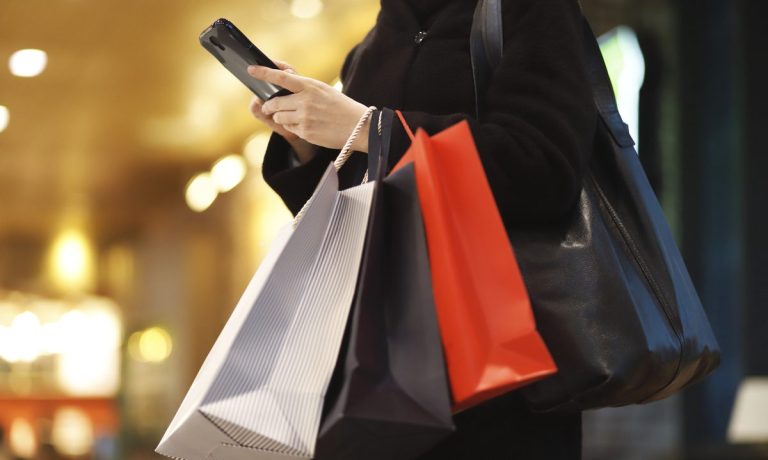
What a difference a week and a war make.
Prior to Russia’s invasion of Ukraine 13 days ago and the sudden surge in oil prices that pushed gasoline prices to record levels, U.S. consumers were a relatively happy and confident group that looked eager to get out, shop and enjoy life as it used to be.
According to Mastercard’s February SpendingPulse analysis, February retail sales in the U.S. rose 8.7% from a year ago, as consumers spent big on jewelry, restaurants and luxury items throughout the month that includes Valentine’s Day.
Beneath the headline number, the credit card giant’s spending research, which includes in-store and online shopping but excludes car buying, showed the biggest annual advances were seen in Luxury (+55%), Restaurants (+39%), Apparel (+37%), Department Stores (+26%) and Jewelry (+22%).
At the same time, Electronics, Furniture and Grocery sales also rose, albeit at a more measured pace with gains of 12%, 10% and 7% respectively.
“Despite inflation, consumers are putting their record savings to work and expressing themselves through fashion again — much to the benefit of the Apparel, Department Store, Luxury and Jewelry verticals,” Mastercard Senior Advisor and former Saks Chairman and CEO Steve Sadove said in the release.
After a 10% jump in January, eCommerce sales growth slowed to 4.4% last month, although Mastercard points out that online retail is up 85% from pre-pandemic levels three years ago.
At the same time, in-store retail sales rose 10% for the month, which was double the pace seen by physical retail locations in January.
Spotlight on March
To be sure, even prior to the past two weeks of energy price spikes, inflation was already running at a 40-year high of 7.5% and average gasoline pump prices had rebounded by over 40% from year ago levels that reflected weak demand, less travel and lower commerce due to COVID.
Since then, the expected — and actual — return to work and in-store shopping trends have been steadily rising, albeit not in a straight line due to pandemic flare ups such as the omicron variant that wreaked havoc over the holidays and into January.
However, while each previous hiccup that has occurred over the past two years has been succeeded by a rebound in retail activity and seen as a clear sign of underlying strength and pent-up consumer demand, the latest energy-related economic stress combined with geopolitical strife is likely to pose a different response.
The Commerce Department’s February retail sales report that is due out next Wednesday (March 16) is forecast to show a slowdown from the quickened pace of purchasing seen in January, which itself reflected a rebound from a disastrous December. Near term anecdotal reports from companies and consumers will be the only way to gauge the current impact that hyperinflation is having on individual spending habits.
While there is no way of knowing how long the current pump price pain will last or how consumers will respond to the latest 35% surge in gasoline prices that is sopping up disposable household income, PYMNTS data has shown that 60% of Americans are currently living paycheck to paycheck with little to no savings or cushion in the budgets to offset unexpected expenses.